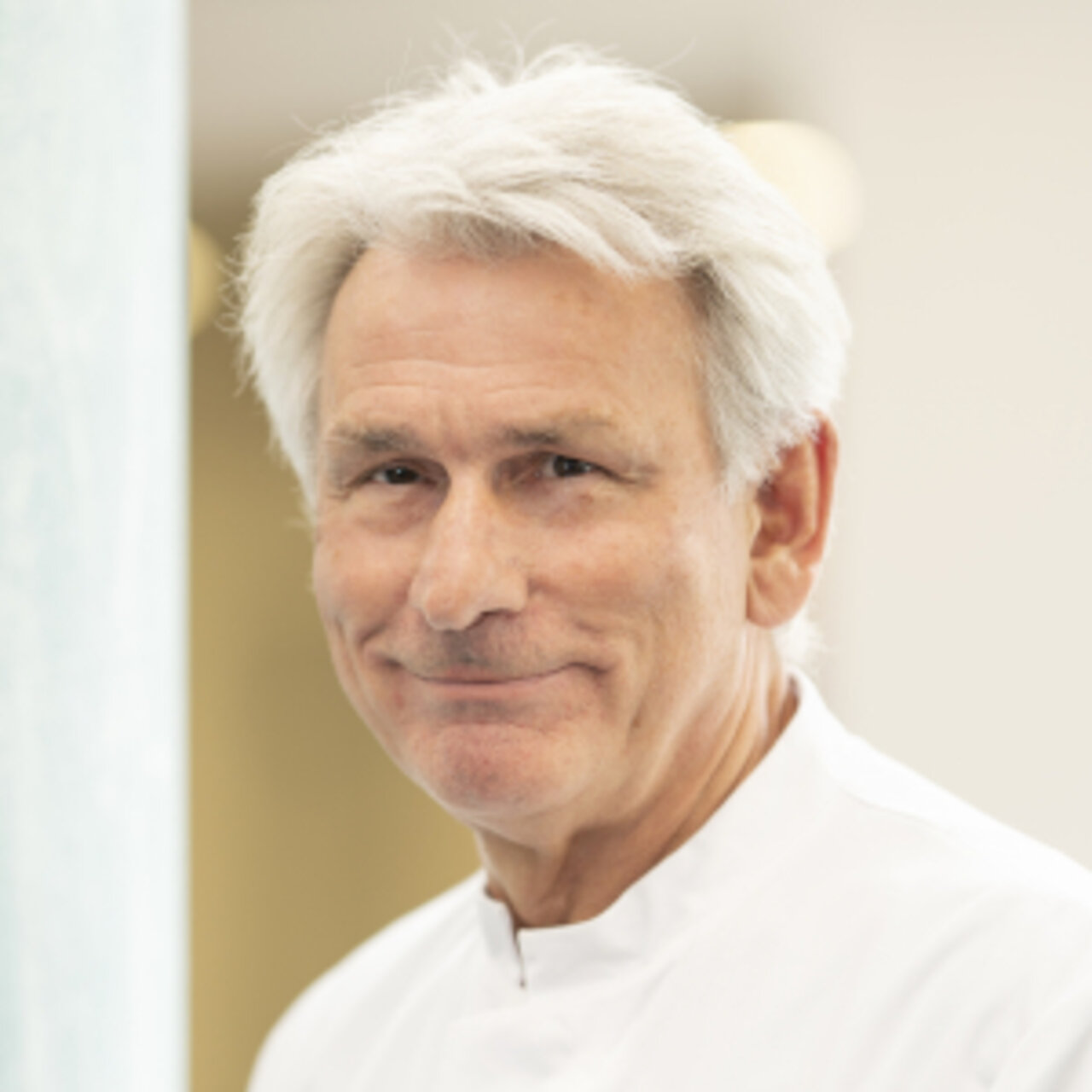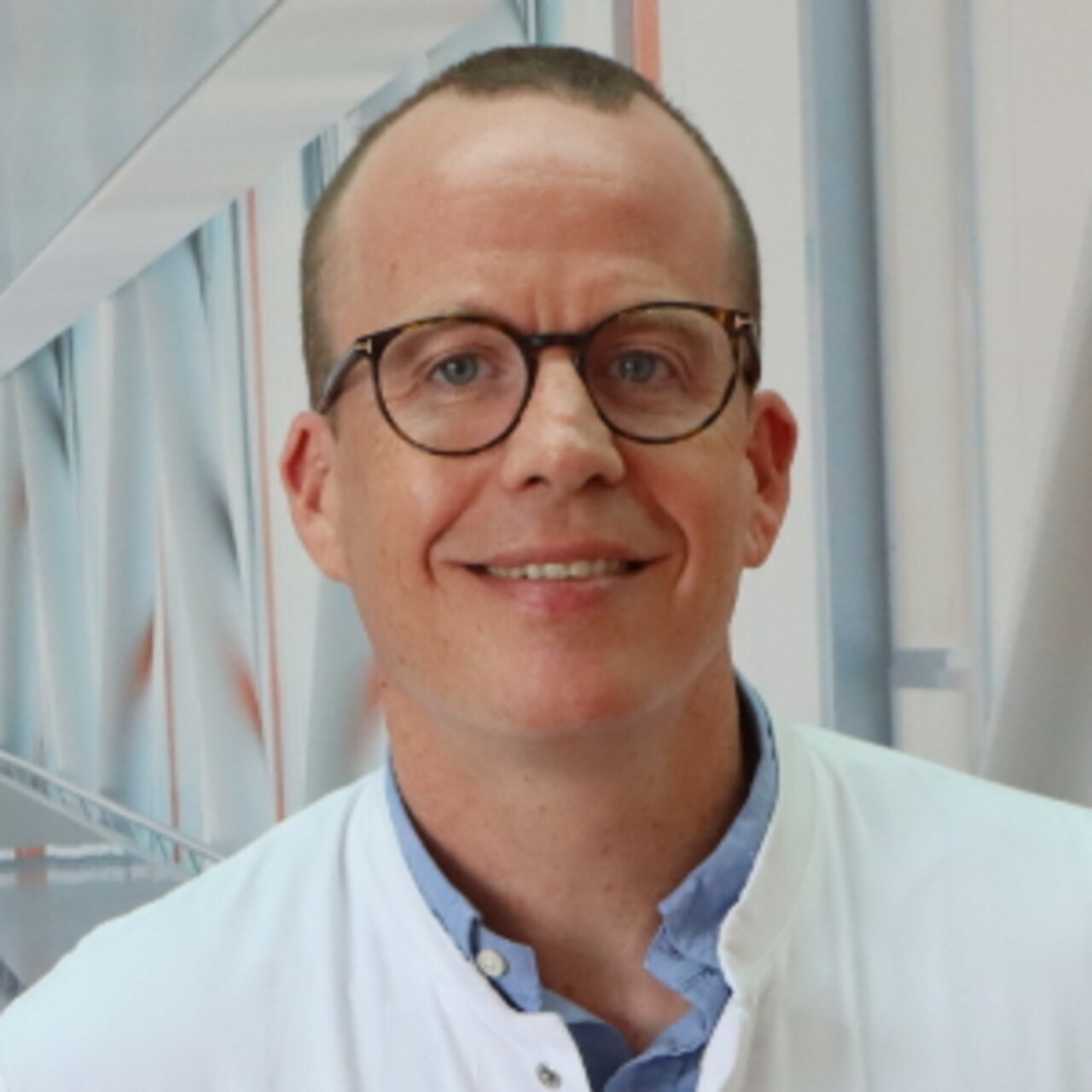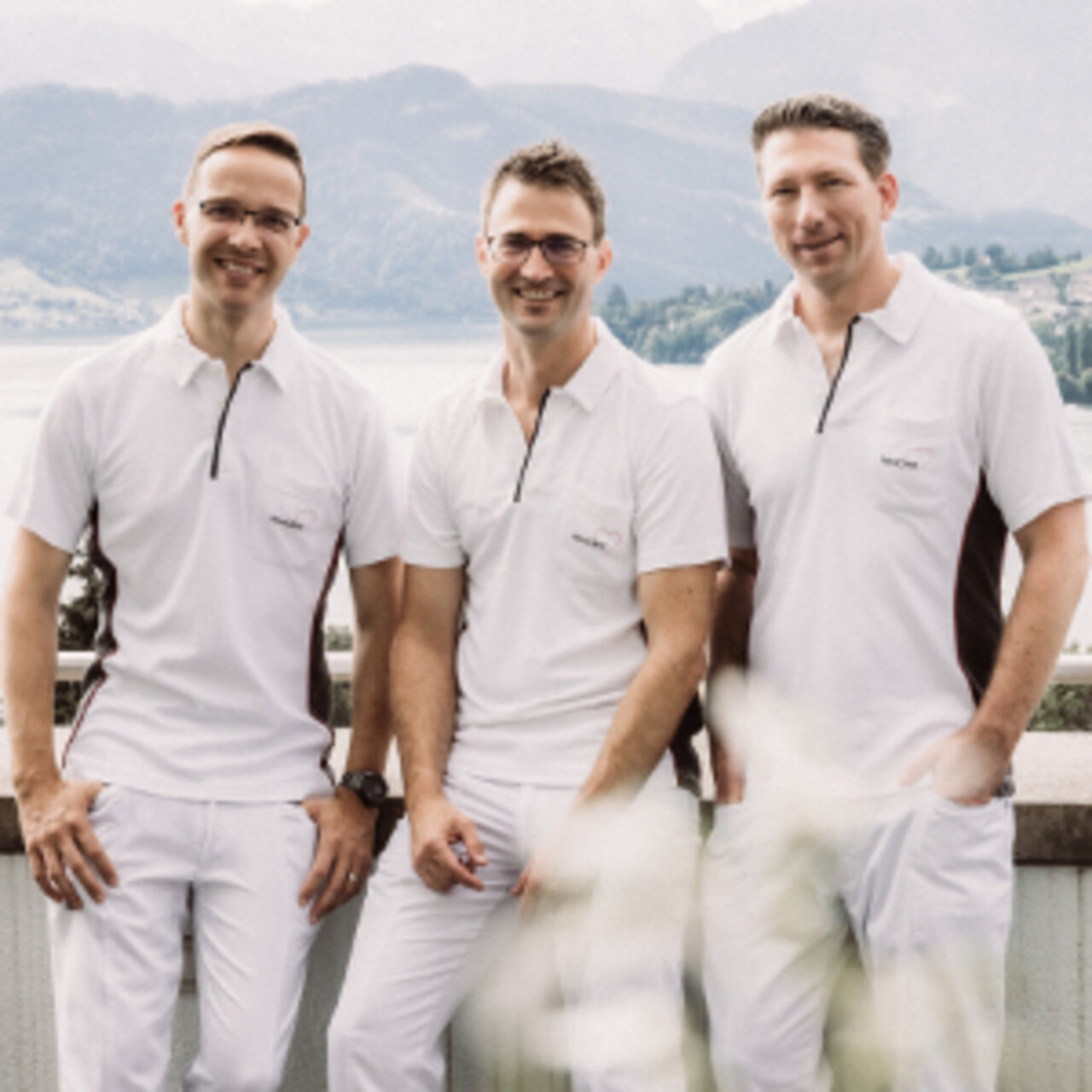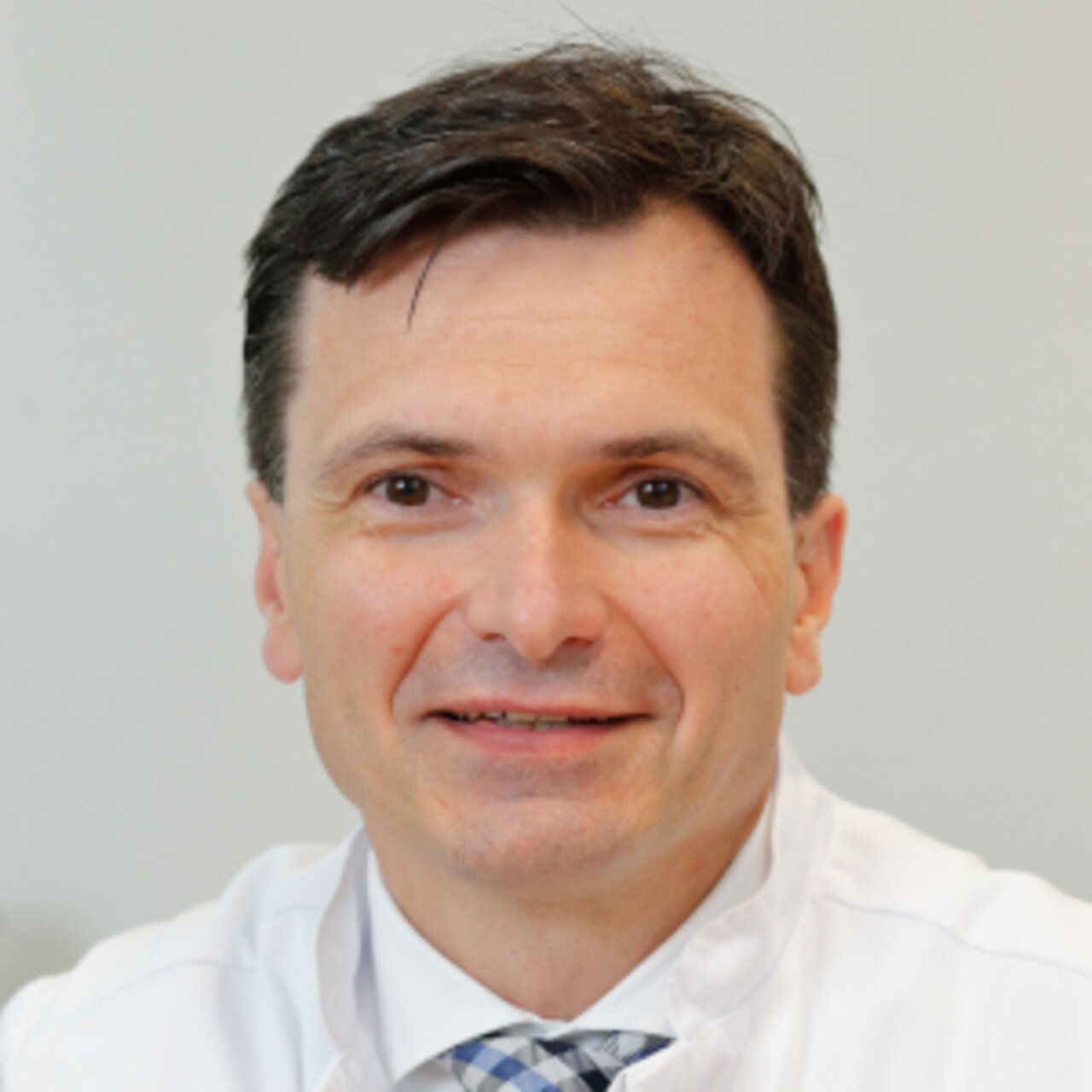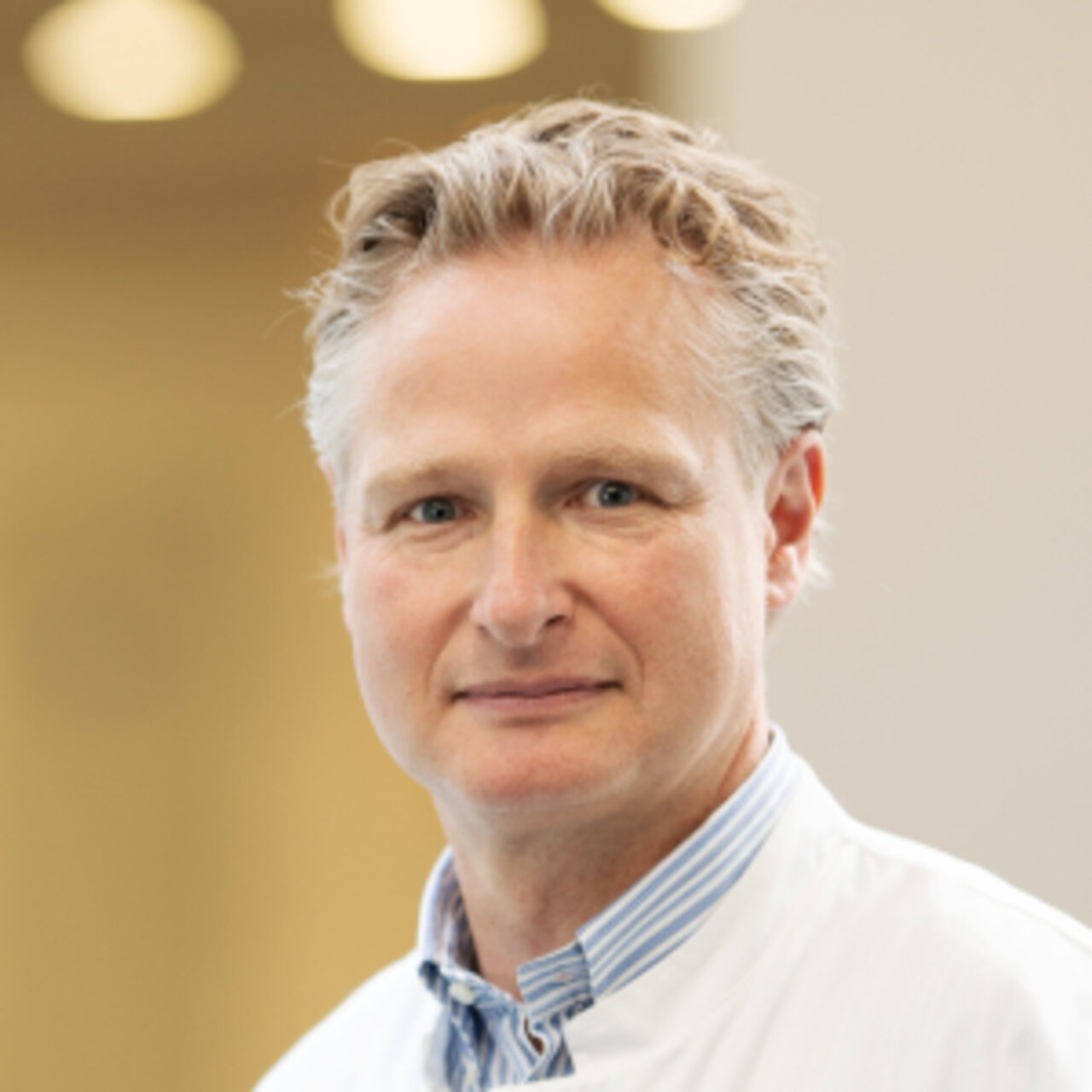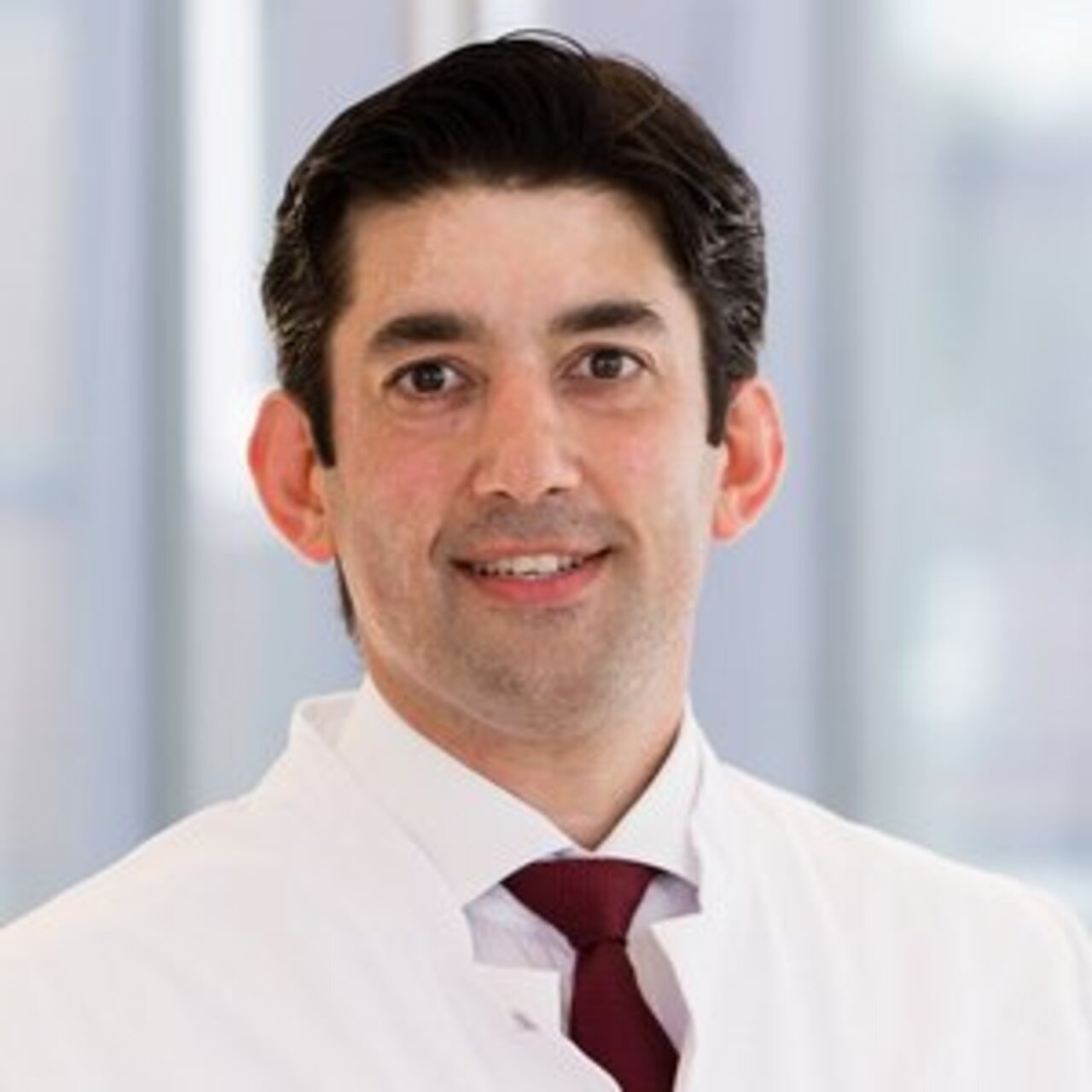Specialists in Catheter-Based Heart Valve Therapy
6 Specialists found
Information About the Field of Catheter-Based Heart Valve Therapy
What Is Catheter-Based Heart Valve Therapy?
Surgeries on the heart are difficult and stressful for the body. A trend towards minimally invasive procedures, especially in heart valve surgeries, has been there for some years. Mainly, for seriously ill people, significant surgeries are often associated with an unreasonable risk.
For this reason, new methods have been developed to carry out minimally invasive heart valve surgery without having to open the sternum or using the heart-lung machine.
This is made possible by the modern procedure of catheter-based heart valve implantation. Around 16,000 catheter-based aortic valves replacements were carried out in Germany in 2011. The mitral valve can also be replaced with the catheter-based procedure.
What Are the Reasons for Catheter-Based Heart Valve Therapy?
Catheter-based heart valve implantation is mainly carried out in critically ill patients. Standard surgery would involve a too high surgical risk (e.g., poor lung, kidney, or heart function). This also includes significantly older people and patients who have undergone previous heart surgery (the second opening of the chest is often more difficult due to adhesions).
Especially severe narrowing of the aortic valve or severe mitral valve insufficiency leading to heart failure can be treated with catheter-based heart valve implantation.
In any case, it is essential to clarify and discuss the issue in advance with an interdisciplinary team (cardiologists, cardiac surgeons, anesthetists, radiologists), which guarantees you the safest therapy for your case of illness.
There are also specific contraindications excluding a catheter-based procedure. Among others, endocarditis (inflammation of the heart muscle), narrowing of the mitral valve (mitral stenosis), or a pronounced prolapse of the valves (mitral valve prolapse).
How Is Catheter-Based Heart Valve Therapy Carried Out?
Placing a heart valve via a catheter requires an intensive preoperative evaluation of the disease stage by an experienced specialist.
Usually, the surgery is carried out under light general anesthesia with the heart beating. A heart-lung machine does not have to be used.
The heart surgeon can forward a thin tube (catheter) through the vascular system (inguinal artery or inguinal vein) to the heart. The principle is similar to cardiac catheterization. The folded heart valve is located at the tip of the catheter. After checking the valve position with X-rays, the heart specialist can expand the valve with a small balloon to a firm hold. Alternatively, there are also heart valves that unfold themselves.
Transcatheter Aortic Valve Implantation (TAVI)
The procedure for implanting an aortic valve by catheter is called TAVI and means transcatheter aortic valve implantation.
TAVI can be carried out either via the inguinal artery or, in the case of narrowed inguinal vessels, via an incision below the left breast papilla (transapical). In this case, the catheter is forwarded over the heart's apex to the defective aortic valve. The new valve is then placed inside the old one and expanded.
Immediately after placing the valve, the heart surgeon can check its function and position radiographically. Then the catheter is removed, and the wounds are sutured.
The mitral valve is treated in a similar way, where the access is the inguinal vein. The leaking valve leaflets can be connected with a small metal clamp, which fixes the leakage. The function is also checked directly during the surgery.
Disadvantages and Advantages of Catheter-Based Heart Valve Therapy?
The disadvantage of catheter-based heart valve therapy is that only biological valves can be used, which are of limited durability.
A further danger is a leaky valve fit. If this is the case, after some time, surgery must be repeated.
Regular follow-up examinations where the heart surgeon/cardiologist can check the valve replacement's function and position are therefore necessary.
The advantage of catheter-based heart valve implantation is immediate mobilization after the surgery, which significantly reduces the risk of complications such as pneumonia or wound infections.
Sources:
Herold, Gerd: Innere Medizin. Köln, Eigenverlag 2012.
Henne-Bruns, Doris; Barth, Harald (2012): Chirurgie. 4., aktualis. Aufl. Stuttgart [u.a]: Thieme (Thieme Electronic Book Library).
Arasteh, K. ; Baenkler, H.-W. ; Bieber, C. ; et al.: Innere Medizin. Stuttgart, Georg Thieme Verlag KG 2009.
